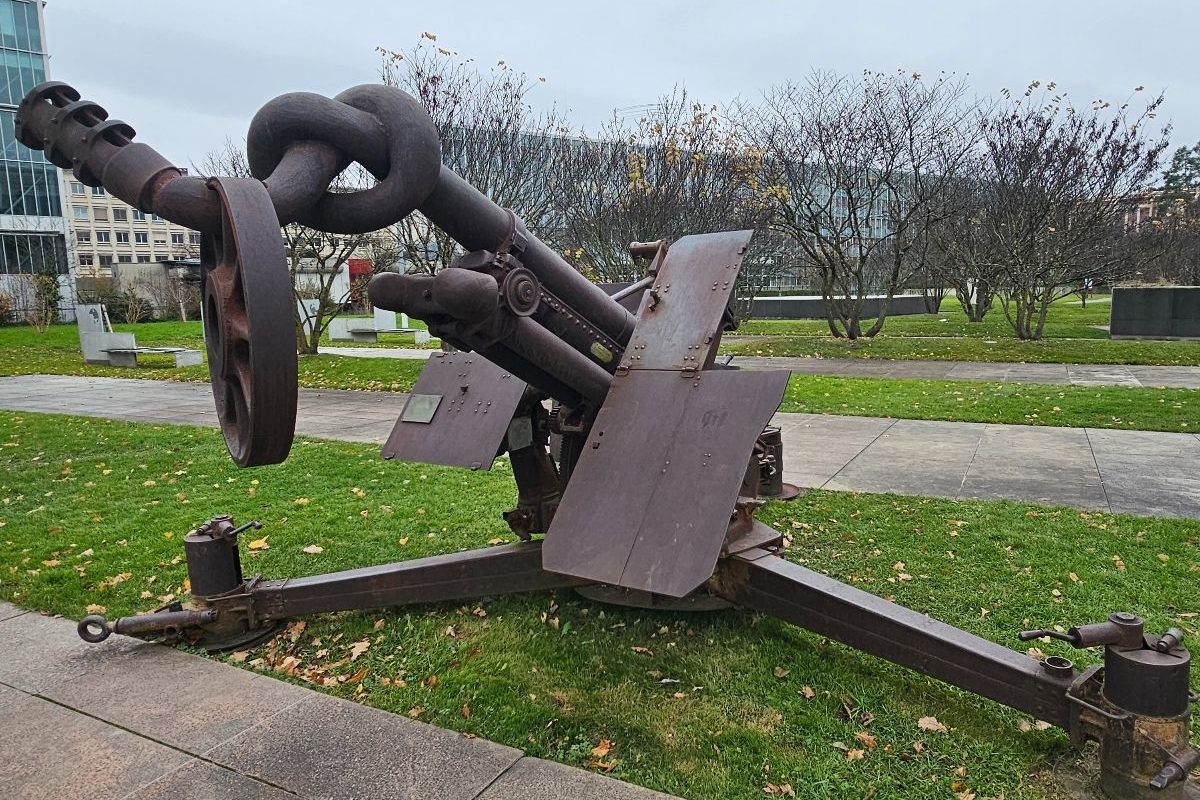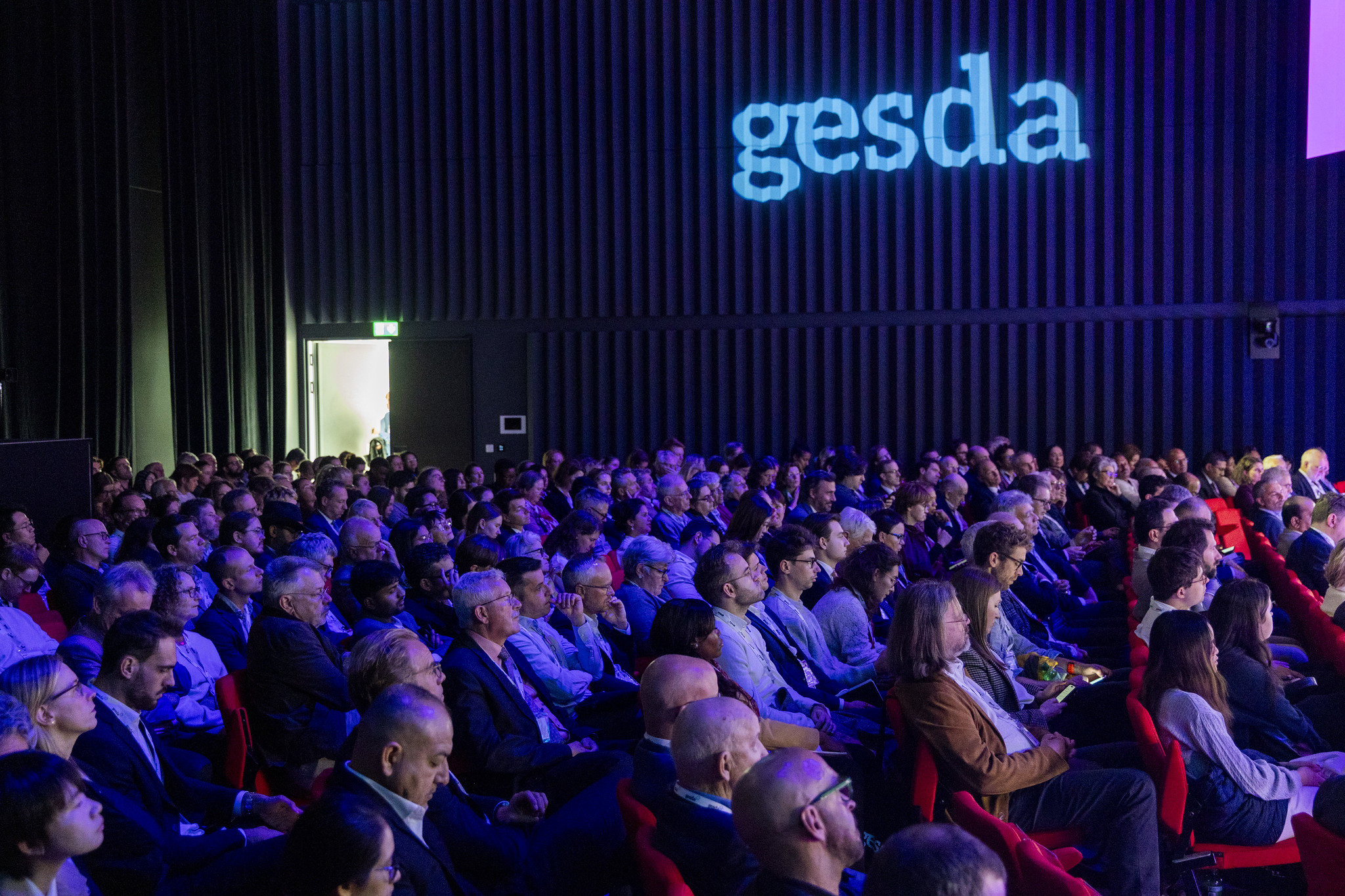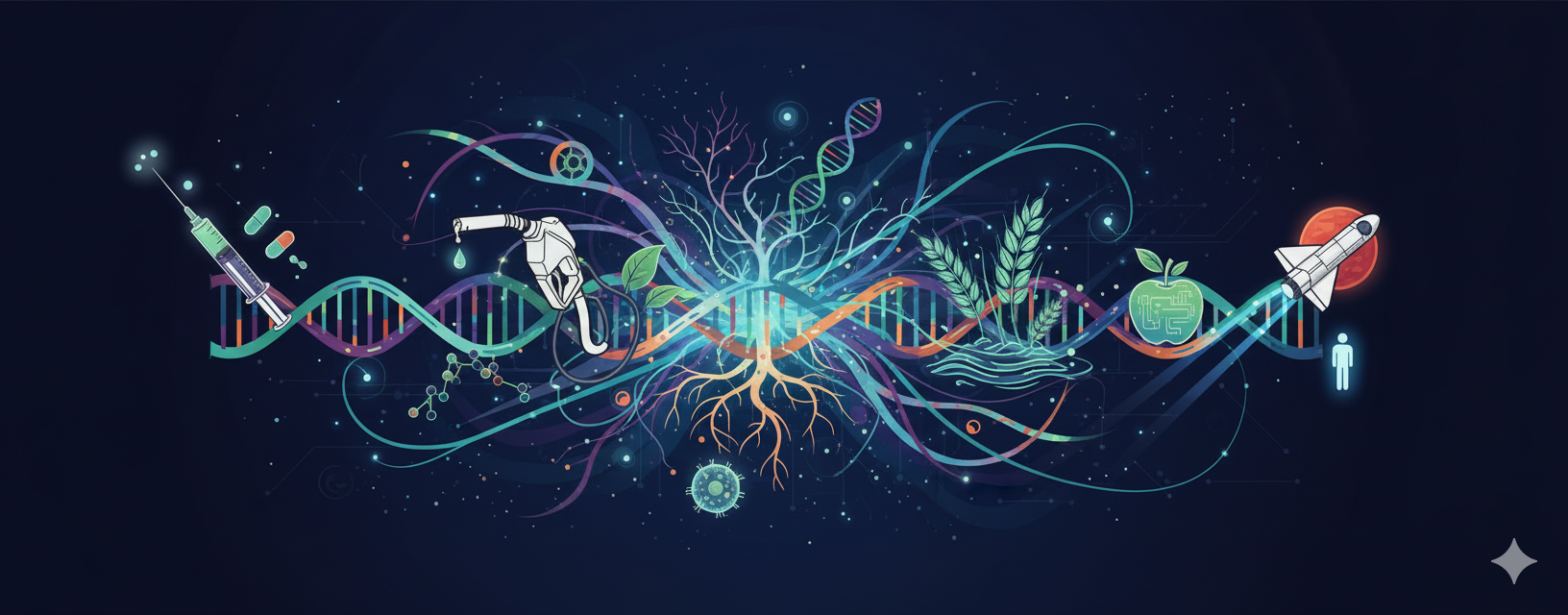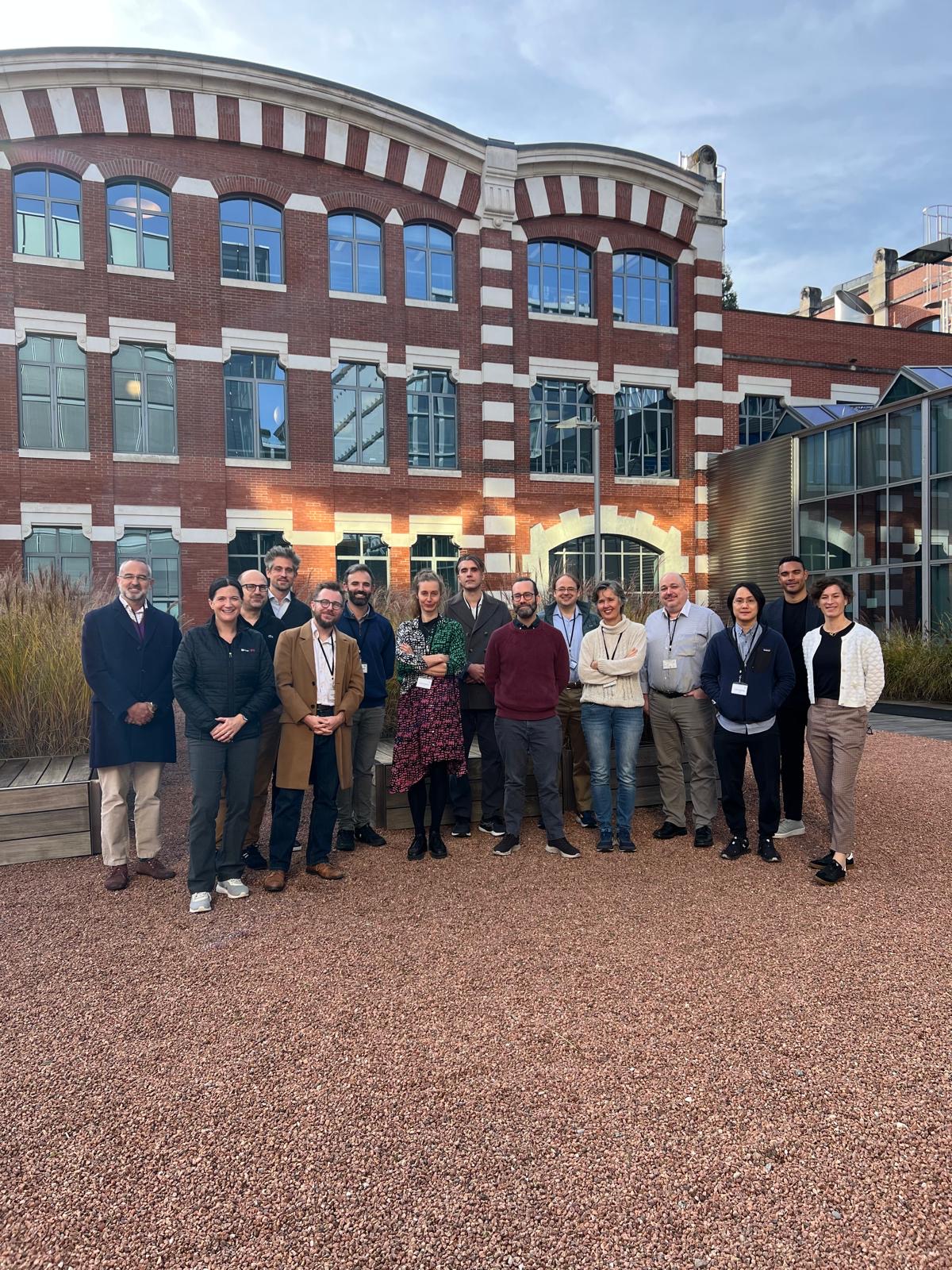Swiss artist R. Brandenberg sculpted “Frieden” (Peace) for a 1983 disarmament conference in Geneva. (J. Heilprin)
Peering into the future of conflict prevention with predictive peacebuilding
Using data science and AI, researchers are gaining a better understanding of the roots and warning signs of conflict. That is strengthening their ability to predict where conflict may occur and to develop preventive and rebuilding strategies.
By John Heilprin
January 22, 2025
Predictive peacebuilding is a forward-looking approach that leverages artificial intelligence and other advanced technologies to anticipate, prevent, and resolve conflicts. It involves the integration of predictive analytics, real-time data, and systems modeling to identify potential flashpoints and deploy interventions proactively, thus reducing the risk of violent escalations.
The 2024 GESDA Science Breakthrough Radar® highlights predictive peacebuilding as a promising avenue in international diplomacy and conflict resolution. AI and related technologies are increasingly shaping peacebuilding efforts, according to the 2024 Radar, by enabling more precise identification of at-risk regions and offering tools to influence group behaviors positively.
“The field has been bolstered by a number of successes. For example, machine learning-based analysis of newspaper text can predict the onset of conflict, becoming particularly useful when risk in previously peaceful countries arises,” the Radar says.
“Analysis of food prices shows that increases beyond a threshold level are correlated with civil unrest in many parts of the world. Granular, actor-based conflict data give rise to models that take these into account.”
The latest GESDA Summit emphasized the potential of these technologies to enhance multilateral cooperation by providing robust data to address global challenges, including conflict resolution.
“AI is not only a perfectly fascinating topic in itself, it generates tools which dramatically accelerate and improve the ability of scientists in other disciplines to gain knowledge and gain technological breakthroughs,” GESDA Academic Forum Chair Michael Hengartner told the 2024 Summit while introducing the latest Radar.
“It has never been more important than today that we anticipate and, therefore, use our knowledge about possible futures to make decisions,” said Hengartner, a GESDA Board member who is president of the ETH Board governing Switzerland’s two Federal Institutes of Technology in Lausanne and Zurich and four federal research institutes. “This allows us to gain agency over our future, and then we can make informed decisions that will guide the next days, years and decades.”
Additionally, the integration of predictive tools in peacebuilding is part of a broader trend identified by GESDA in advancing science diplomacy. Aligning technological innovation with ethical frameworks and international collaboration is important to ensure equitable and effective applications.
Within five years, computer models will map potential outcomes, according to the Radar’s predictions. In a decade, individual data-gathering will create new peacekeeping tools but raise serious issues of privacy and exclusion. In a quarter-century, climate change and conflict will increase the use of peace modeling.
“Research in the field sees policies for conflict prevention — mediation, development aid, institutional reform and building state capacity, for example — as a prediction policy problem,” it says. Current conflict models have a limited ability to infer causes, however, and sometimes rely on outdated data-gathering.
Swiss-led efforts to strengthen UN peacekeeping through human-AI collaboration
Starting in 2021, the Center for Security Studies (CSS) of the Swiss Federal Institute of Technology in Zurich (ETH) joined with the United Nations Operations and Crisis Center (UNOCC) to launch research into the creation of an event-prediction system for UN peacekeeping. The research combines machine learning technology with event records collected by UN peacekeepers.
“The project aims to lay the foundation for a software platform that can support data processing and decision-making procedures within UN peace missions,” CSS says. “Currently, the project focuses on the application of deep learning to conflict-event data. This is a novel research area with a limited body of existing work within the community of machine-learning scholars.”
The aim of the project, according to CSS, is to understand how the advantages that deep neural networks have shown in other application domains can be “carried over” to conflict-event data that can be used to build a collaborative human-AI platform, for use by experts and machine-learning models alike.
At a July 2023 meeting of the UN Security Council, Swiss Ambassador Pascale Baeriswyl cited the progress that ETH and UNOCC were making in developing a prototype of an AI-assisted analysis tool to explore AI’s potential for peacekeeping, particularly for the protection of civilians and peacekeepers.
“Artificial intelligence can be a challenge because of its speed and apparent omniscience, but it can and must serve peace,” she said. “The Council must also use its powers to ensure that AI serves peace, such as by anticipating risks and opportunities, or by encouraging the Secretariat and peace missions to use this technology in innovative and responsible ways.”
From a June 2023 paper by political anthropologist and author Eduardo Albrecht, “Predictive Technologies in Conflict Prevention: Practical and Policy Considerations for the Multilateral System,” published by the United Nations University’s Center for Policy Research.
Putting AI to use in local peacebuilding
The UN Department of Political and Peacebuilding Affairs (DPPA) also has worked with private sector and academic partners on AI-powered digital tools to advance peace efforts in Iraq, Libya and Yemen. It found AI-assisted digital dialogues can advance inclusivity in peace processes; machine learning can help gather public opinion on political developments in conflict areas; and AI-supported geospatial analysis can strengthen early warning capacities, according to UNESCO’s International Research Center on AI (IRCAI).
The work in those two nations has been going on since 2020 under the auspices of the Office of the Special Envoy of the Secretary-General for Yemen (OSESGY) and the UN Support Mission in Libya (UNSMIL), which “conducted a series of first-ever AI-assisted, large-scale virtual consultations with citizens on the opportunities and challenges of the ongoing peace processes,” Ljubljana, Slovenia-based IRCAI says.
“In the future, more work will be needed to amplify the voices of underrepresented groups,” it says. “AI is not a panacea that can make longstanding societal issues disappear. Still, as we improve the AI platform, its computational capacity will increase.”
By analyzing huge datasets from satellites, social media, and other sources, AI-powered early warning systems have the potential to predict conflicts and outbreaks of violence, or at least provide actionable information that local officials and communities can try to use to ease tensions before escalating further. Such monitoring systems also can help leaders make better decisions and develop training programs.
These advances bring challenges such as “inconsistencies in the quality of data across space and time which undermine the ability of the UN to accurately predict conflict trends. There are further concerns that data capture technologies used for predictive purposes could have serious security ramifications and could run afoul of mainstream data privacy standards,” says political anthropologist and author Eduardo Albrecht in a June 2023 paper, “Predictive Technologies in Conflict Prevention: Practical and Policy Considerations for the Multilateral System,” published by UN University’s Center for Policy Research.
However, AI-based foresight capacity “represents a unique opportunity” for UN’s 193 member nations, he says. “By working with the multilateral system to advance shared calibration parameters and policies for achieving consensus inclusively, member states may speed up the adoption of predictive technologies among UN peace operators. Not doing so will slow their adoption and risk foregoing the security benefits that may have otherwise accrued.”
Where the science and diplomacy can take us
The 2024 GESDA Science Breakthrough Radar®, distilling the insights of 2,100 scientists from 87 countries, highlights the significant potential of predictive peacebuilding to transform various fields over the next 5, 10, and 25 years. It tells us that this emerging field likely will allow practitioners to make use of anonymized mobile phone data when studying the potential for conflict; indicate to social-networking companies when the activity on their sites is fueling unrest; and spread the use of predictive models that can ease civil unrest over climate change.
The findings in the 2024 Science Breakthrough Radar®
Based on the Radar, here’s where we stand in several important areas:
4.1.3 Predictive peacebuilding – Radar, page 220
Predictive peacebuilding uses data science to better understand the roots and warning signs of conflict in order to predict where it is likely to occur and to help develop mitigation, preventive and rebuilding strategies.
5-year horizon: Computer models map potential outcomes
10-year horizon: Individual data-gathering creates new peacekeeping tools but raises serious issues of privacy and exclusion
25-year horizon: Climate change and conflict increases use of peace modelling
4.1.4 Trust and cooperation modeling – Radar, page 221
Political scientists, sociologists and computer scientists have begun to create systems in which autonomous agents have to find ways to cooperate by distinguishing trustworthy from untrustworthy agents. This has been applied to a wide range of problems, ranging from information-routing algorithms to online search rankings to recommendation algorithms. But there is a broader sense in which trust and cooperation studies are useful in modelling the way people behave in the groups that make up societies.
5-year horizon: Data veracity becomes a global research issue
10-year horizon: Stakeholders battle over reputation and trust
25-year horizon: AI oversees data veracity
4.2 Advances in science diplomacy – Radar, page 222
The field of science diplomacy research seeks to establish an evidence-informed foundation for supporting and empowering the increasingly diverse set of stakeholders who practice science diplomacy. These are not just nations but non-governmental actors, groups of citizens and Indigenous communities.
4.3 Prediction, foresight and futures literacy – Radar, page 228
Nobody can see what the future holds. This has been recognized as an absolute truth since at least the time of Aristotle. Modern civilization is nonetheless built on attempts to do just that, over time scales ranging from hours (weather forecasting and traffic patterns) to decades (climate change and demographic shifts). These attempts allow us to anticipate what the future holds and to plan accordingly. The urgency of this anticipation has increased along with perceptions of the increased speed and complexity of change.
4.4 Digital security – Radar, page 234
The world of the 21st century is increasingly reliant on digital technologies, creating a slew of challenges for tasks, processes, institutions and individuals that require privacy, transparency and security, in all their various forms. A number of mathematical and technical innovations, such as zero-knowledge proofs, trusted execution environments, homomorphic encryption and advances in formal verification, are improving the prospects of creating effective digital security measures.
4.5 Behavioral science of groups – Radar, page 240
Equipped with the tools of modern research, it is becoming possible to identify, monitor and predict how individuals cohere into groups, and how those groups behave and interact with each other — to assess collective emotion as well as collective action.



